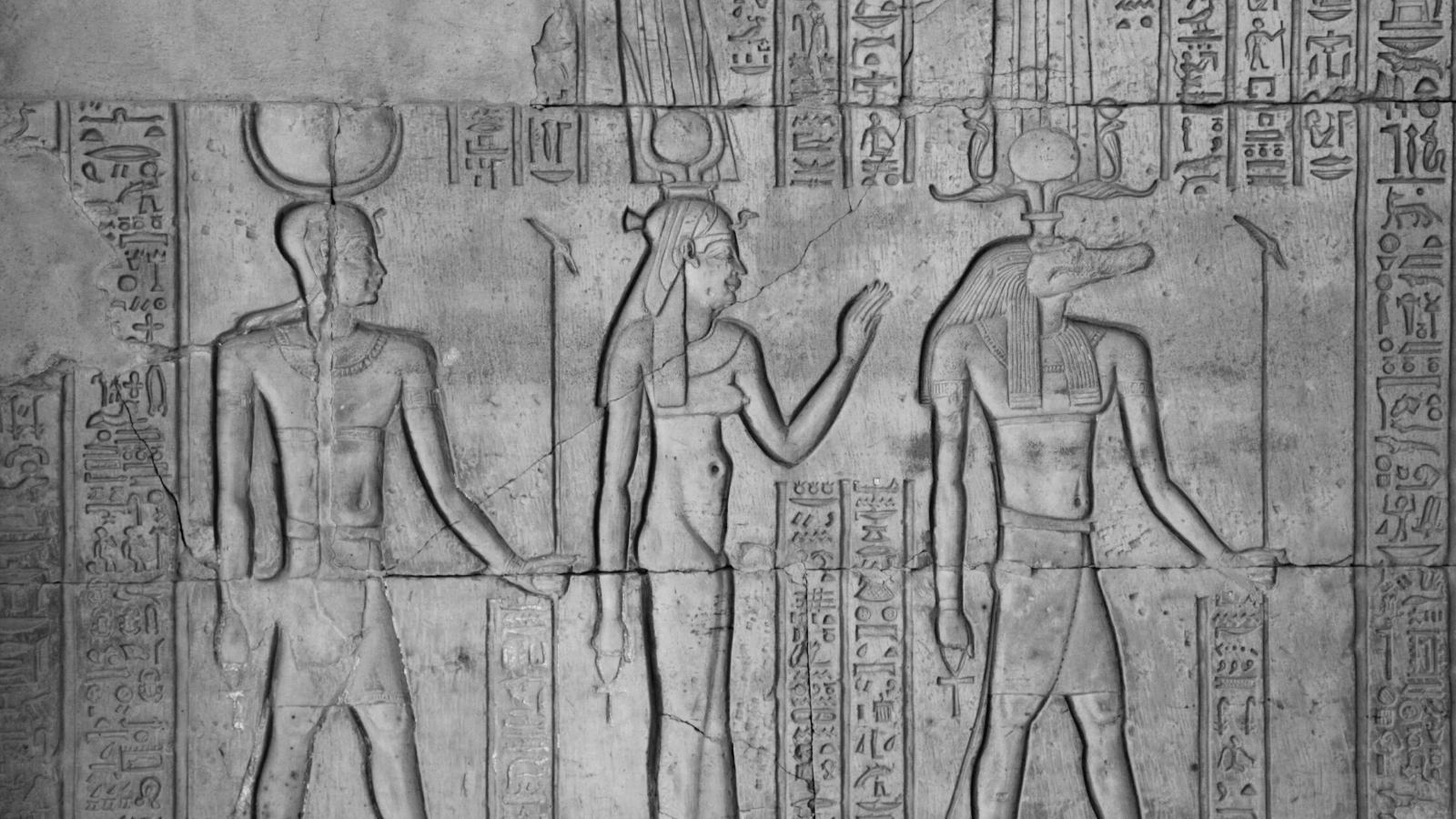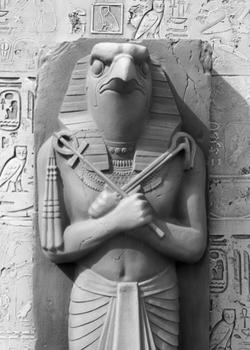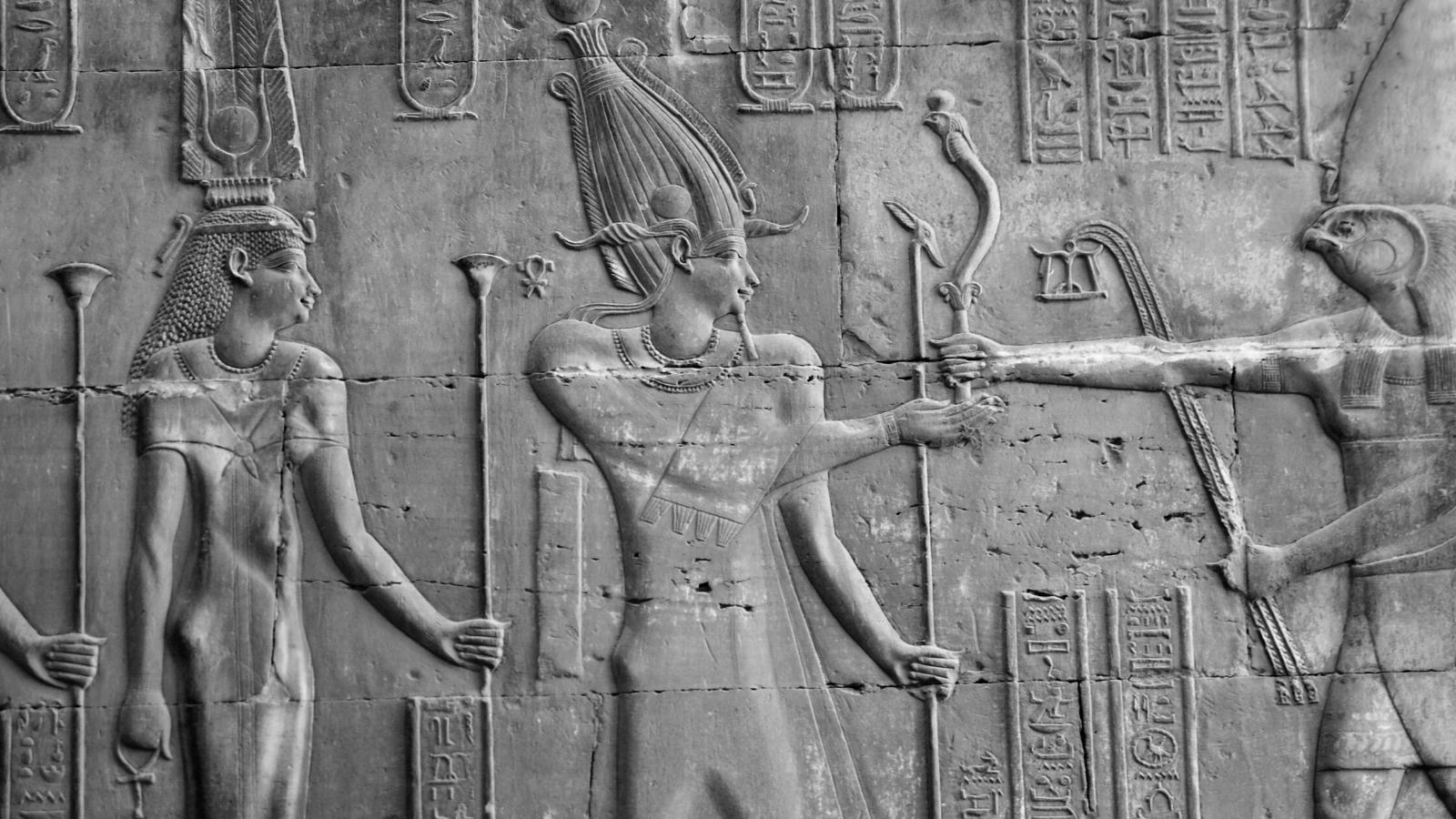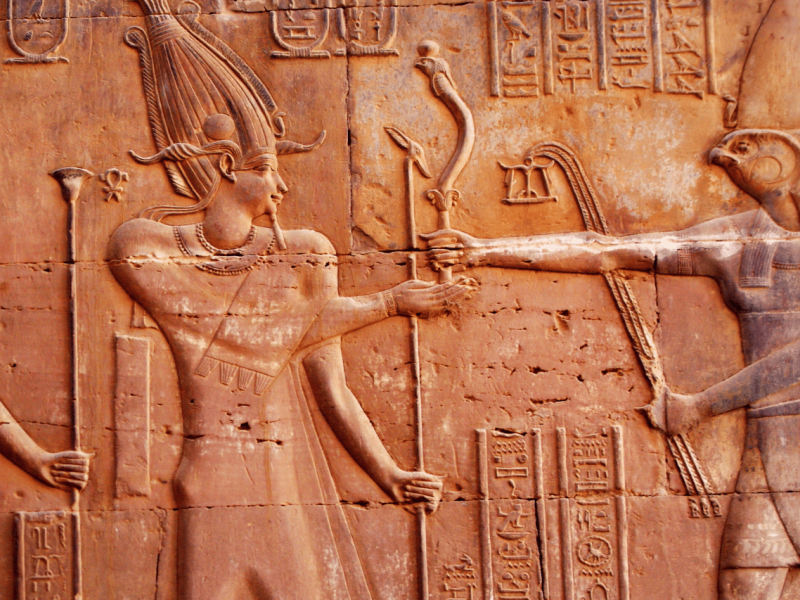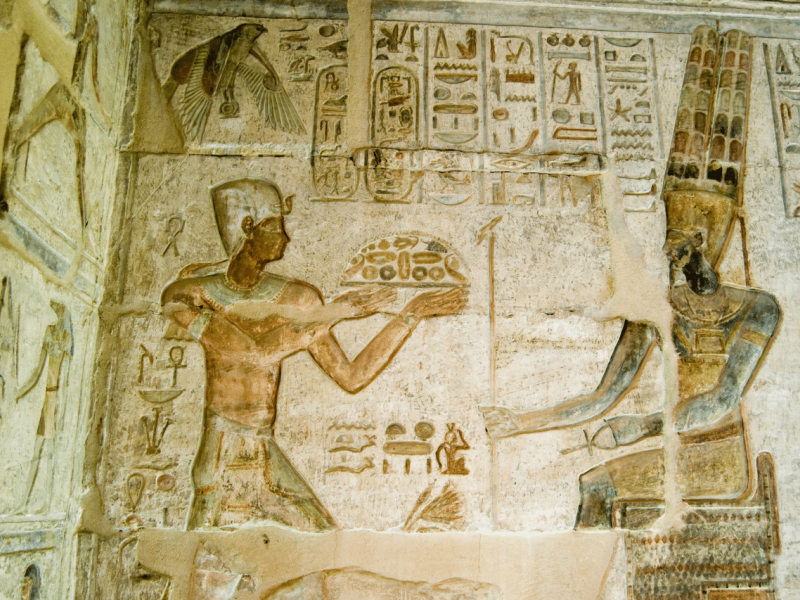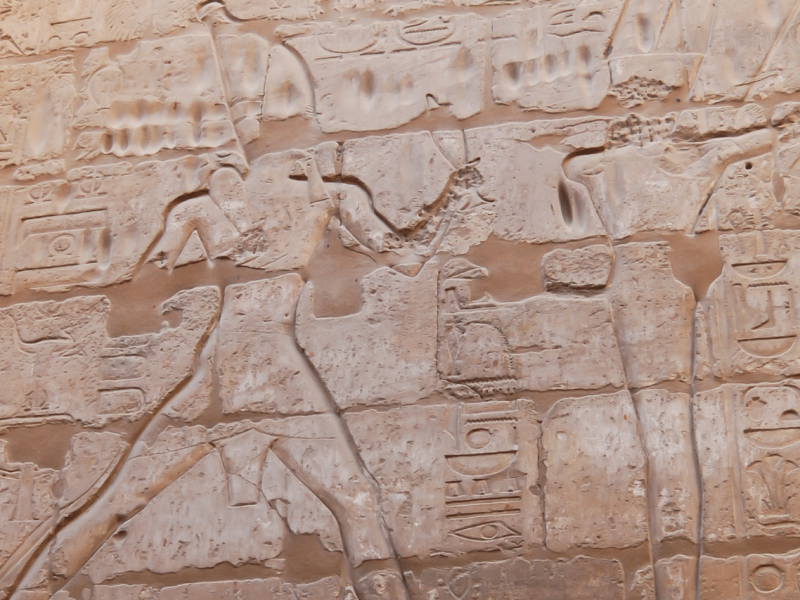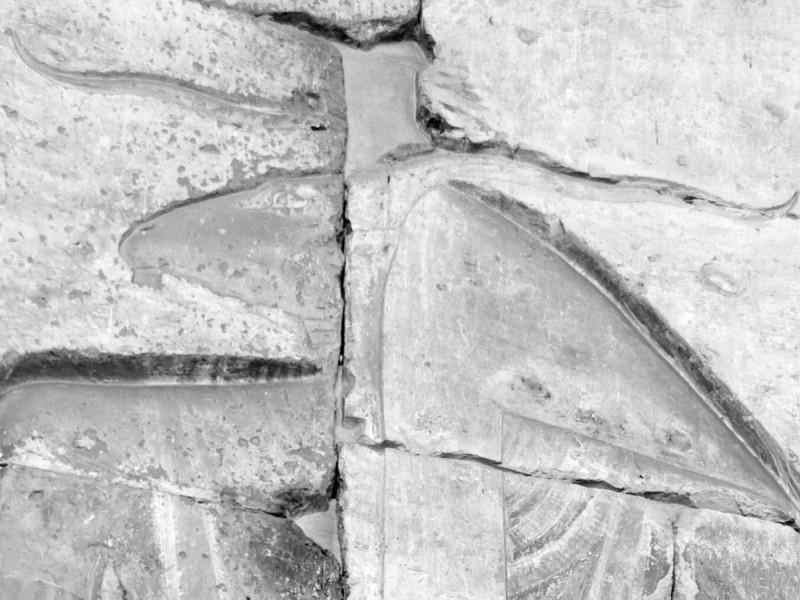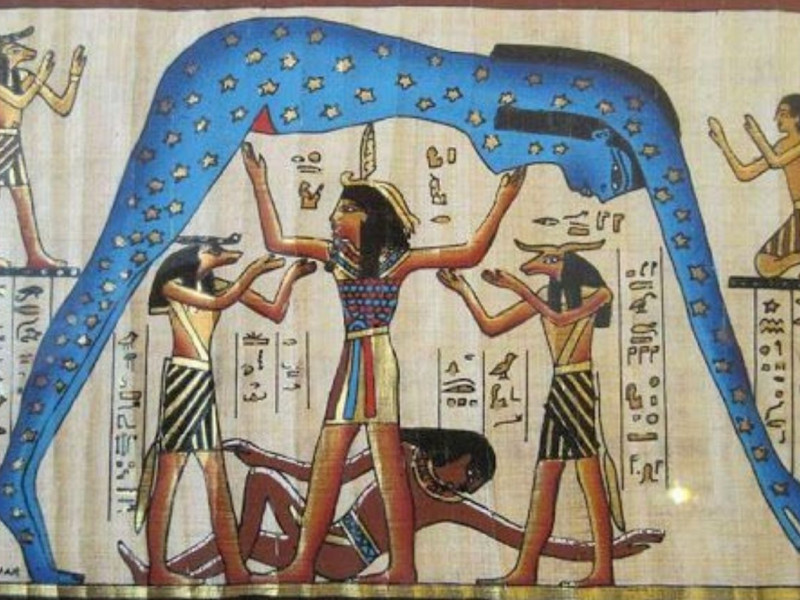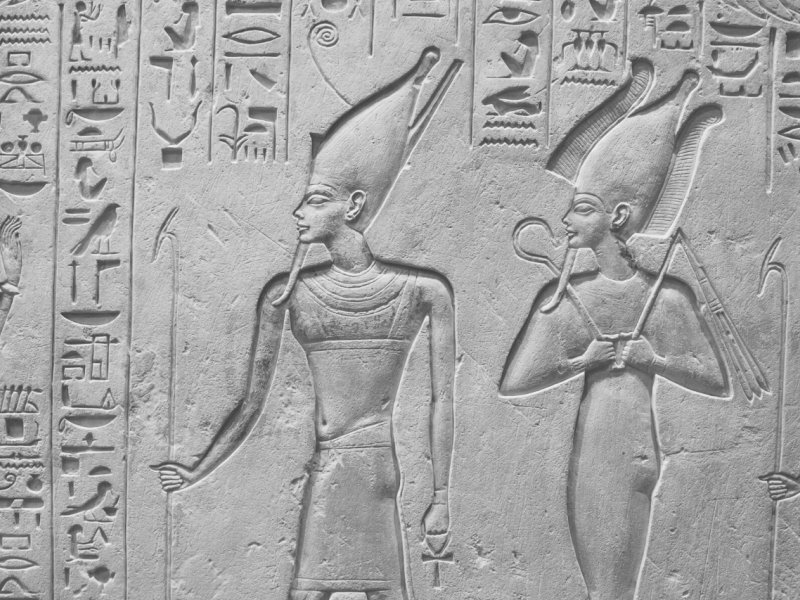Atum: The First-ever God of Ancient Egyptian Mythology
Atum is known as the primary god in ancient Egyptian mythology. The god that was present when there was nothing else present, not even the physical world. The Egyptian legend of the god Atum is as interesting as it can get.
In this article, we bring you all that there is to know about the Egyptian god Atum and his epic tale.
Who Is Atum in Egyptian Mythology?
In Egyptian mythology, the single, primary, starting being is called Atum, who later also became the god of the sun. To properly understand the Atum creation myth, let us start from the very beginning.
Have you ever wondered where the world came from? How we came to be? Where all the animals first came from? Why there is life on Earth and not on any other planets?
Well, the answers to all of these questions are different in all the religions of the world. However, they all state the fundamental fact that everything started from a single being. In ancient Egyptian mythology, Atum is this all-powerful being.
Egyptian Mythology
Egyptian religious mythology is the oldest known mythology in the world. Everything that we know about this epic ancient religion is through the scriptures, pyramid texts and clay tablets found at various sites in Egypt. The texts and paintings found inside the pyramids shine a light on how the ancient people used religion in their lives.
Some of the Pharaohs were very philosophical in nature and thus looked for reasons for their existence. It is because of them that we now have evidence of religious activities from more than a thousand years ago, even before the earliest Pharaohs of the Egyptian civilization. The Egyptians were deeply religious people, and a big part of their lives was influenced by their deities and their ways.
The Egyptian people erected temples and shrines for their various gods and goddesses. They went to these temples to pray, sacrifice and ask the gods for blessings in every small or big thing in their lives.
The ancient Egyptian people gladly sacrificed everything in their power for the gods and goddesses they loved. One could say that this blind trust in beings was not safe, but they were devoted people and wanted to make their deities happy.
Atum: Origins
The whole Egyptian religion started with a single deity, Atum, that created everything and everyone. Unlike most of the other gods and goddesses in Egyptian mythology who have a clear origin story, Atum does not have one. In most places, the Egyptian god Atum is said to have originated by himself.
It may seem confusing, but Atum is said to not have an originating story. Instead, Atum is said to just exist like that, so if he was not born nor made from anything, he is defined as ever-living.
In other places, Atum’s origin stories are described differently. According to them, Atum came into being through an egg, but there is no description of the egg or its origin. It is also said that Atum came into existence from a blue lotus flower.
All of these theories about the origin of Atum are interesting, but the most widely accepted is that he breathed himself to life, after which he eventually got bored being alone and decided to create the other gods.
Atum: Name and Symbolism
In the Egyptian texts, Atum is called upon by many names like Tum, Tem, Temu and Atem. The word Atum is derived from the Egyptian word “term” which literally means to complete or to finish.
With that being said, he is also famously called “the complete one.” As his name means to complete or to finish, the term can also be considered to mean the creator and destroyer of the universe.
In the writings, Atum is most famously depicted as a man wearing the royal head-cloth or the white and red crown of Upper and Lower Egypt. This type of attire shows his connection with kingship and rule over Egypt. At some places in these texts, he is also shown as a serpent, the form Atum returns to after the end of each creative cycle, and also occasionally as a lion, lizard, mongoose, bull or ape.
Atum: Characteristics
While most Egyptian deities have specific powers and characteristics, Atum does not. He is solely regarded as the creator of the world and the destroyer at the end.
This means that while everything started from him, he will also be the one to end everything when he pleases or when the time comes. This is the reason why his name is so significant with regards to his characteristics, as it means both to complete and to finish.
As Atum came into being on his own, he has no gender or sexuality. This is particularly interesting as no other Egyptian deity has such characteristics. As he is genderless, any pronouns can be used for Atum.
The Creation of Other Gods
After him, the generations of gods started, which is one of his most important characteristics. The way Atum generates the gods is still very controversial, as historians cannot agree on a single theory.
Among those theories is the theory that Atum created the gods Shu, the god of air, and Tefnut, the god of moisture, by spitting from his mouth. These gods, Shu and Tefnut, are known to be the first gods with specific characteristics, genders and origin stories in Egyptian mythology.
The gods Shu and Tefnut further created the rest of the Egyptian gods. They created Geb, the god of the Earth, and Nut, the god of the Sky. With them, the long lineage of celestial and terrestrial gods, goddesses and demons began. Geb and Nut came together and gave birth to Osiris, Isis, Nephthys and Set. The gods and goddesses that came immediately after Atum form the Ennead or the nine, who act as the creators of the world we live in today.
As more and more gods came into being, Atum was given a characteristic of the highest order. He was given the title of the god of the Sun, but it later became ambiguous when the god Ra came along.
Atum and Ra
Ra or Re was the ancient Egyptian deity of the sun. By the Fifth Dynasty, he was considered one of the most important gods in ancient Egyptian religion. He was identified most importantly with the noon-day sun as he was the god of the sun, order, kings, and the sky.
Ra was believed to be the ruler of all parts of the created world: the sky, the Earth and even the underworld.
Some time after the formation of the Ennead, a new god was added to the pantheon called Ra.
As Atum was the sun god, Ra became the god of the noon-day sun. With time, the difference between the god Atum and the god Ra vanished. They were eventually seen as one and called by the name Atum-Ra.
There is no doubt that the god Atum is infinitely superior in status and characteristics, but Ra joined him and enjoyed the same importance and worship as him. With this, Atum and Ra formed a composite deity that governed the sun or physically became it.
Worship and Temples
Every being has probably wondered once about their ultimate source of existence. While many religions do not dwell on this notion, Egyptian mythology has a clear-cut answer: Atum created everything.
This Egyptian fact was written in every scripture, holy or otherwise, in tombs of the pharaohs, in the carvings on clay tablets, and even on the walls inside the pyramids. The Egyptians firmly believed it to be true.
As time progressed and the Egyptian society ascended towards civilization, temples and shrines were constructed for the worship of the gods. Among them, the god Atum was worthy of the most praises and worships. Until now, many shrines and temples bearing the name of Atum can be seen in Egypt. The people kept the religious spirit of these monuments intact.
Yearly celebrations, ritualistic sacrifices, and paying homage to the god of the temple was very common practice in ancient Egypt. As Atum was their prime god, no expenses were spared on celebrations for him.
Legacy of Atum
Atum is one of the greatest gods in Egyptian religion and mythology as he is the creator of everything. According to the legends, nothing was before him and everything we know started with him.
He gave rise to the gods and goddesses who populated the Earth, starting the course of mankind. Among many other things, many Egyptians still believe that when the world will end, it is Atum that will make it happen and everything that exists right now will cease to exist because of him.
In some paintings found in the tombs of the deceased Pharaohs, Atum is seen to be coronating the new Pharaohs himself. This shows that every new Pharaoh that came into power had the approval of the ultimate King Atum himself before being crowned the king in this world. This power is quite iconic.
Atum’s legacy will always be his own creation and then the creation of Shu and Tefnut. In many current cultural movies, tv-shows and books, the character of Atum has been shown. He is shown as the ultimate Egyptian deity who has no fights, romantic partners, friends or enemies among the Egyptian pantheon of gods and goddesses. He is the first creator and the last finisher of everything.
Conclusion
Atum, sometimes called Tum, Atem or Tem is an important deity in Egyptian mythology.
Here are some of the most important points we learned about this powerful being:
Atum is known as the creator of everything, so he is the ultimate, primary god.
He does not have any gender or sexuality.
He created the Enneadial pantheon of gods and goddesses of Egyptian mythology.
In ancient writings, Atum is most famously depicted as a man wearing the royal head-cloth or the white and red crown of Upper and Lower Egypt.
Atum and Ra eventually formed a composite deity that governed the sun or physically became it.
Until now, many shrines and temples bearing the name of Atum can be seen in Egypt.
According to Egyptian religion and mythology, Atum created everything. This legacy shows the greatness of his power and why the ancient Egyptians worshipped him tremendously.
